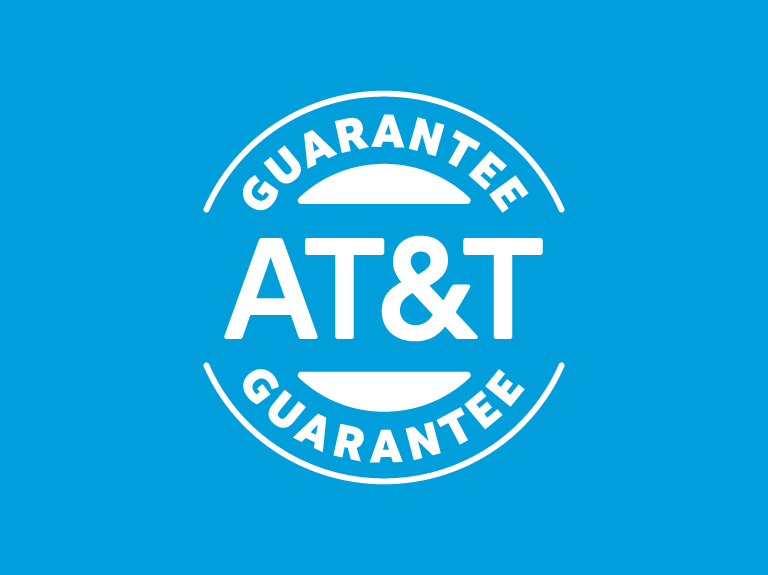AT&T CFO John Stephens Updates Shareholders
AT&T Senior Executive Vice President and CFO John Stephens Updates Shareholders
John Stephens, senior executive vice president and chief financial officer of AT&T Inc.* (NYSE:T), spoke today at the Deutsche Bank Media, Internet & Telecom Conference where he provided an update to shareholders. He addressed the following areas and noted that the company will hold an Analyst & Investor Day on March 12 at 9 a.m. CT.
Mobility. Stephens noted that AT&T believes it has the right approach to the market, providing customers with the best possible wireless offers to reduce churn and maintain a high-quality base. The company has continued to invest strategically in its network, including during the recent C-Band Auction (Auction 107). Stephens said that through its flexible plans and best offers, AT&T is attracting and keeping customers on its higher value plans. AT&T also has the fastest wireless network in the nation,1 which also helps attract and retain customers.
Stephens reiterated that AT&T continues to expect wireless service revenue growth in the 2% range in 2021 as the company continues to add customers and connected devices on its network, subscribers continue to migrate to higher ARPU unlimited plans, and churn improves. He also expects modest wireless EBITDA growth in 2021.
Fiber. Stephens said fiber is the foundation for AT&T’s network, including broadband connectivity and 5G. He reiterated that the company continues to grow its network, building out the fiber connection directly to consumers and businesses. AT&T currently markets its 100% fiber network to more than 14 million customer locations, which it is actively selling into, with penetration rates increasing the longer the company has fiber in a market. Through its integrated fiber strategy, the company plans to increase its fiber footprint by 3 million customer locations in 2021. Stephens also noted that at the end of 2020, about 80% of its IP broadband customers were using either fiber or VDSL technologies.
Video transaction. Stephens said AT&T’s agreement with TPG to form a new entity named DIRECTV to operate its U.S. video business unit will better position AT&T to maximize the benefits of the long-term strategic trends influencing its business. He reiterated that maintaining a stake in the U.S. video business will allow the company to participate in future value creation opportunities.
Stephens said that the company’s U.S. video business will be classified as “held for sale” beginning with first quarter 2021 results. AT&T will cease depreciating and amortizing long-lived assets associated with this business unit and expects a reduction of about $300 million in depreciation and amortization expense each quarter until the transaction closes. Just under half of the reduction reflects the fourth-quarter 2020 impairment taken on the business. The remainder of the reduction reflects the reclassification of the assets to “held for sale.” The company will be updating the lives of video customers used to determine associated subscriber acquisition costs.
Stephens noted that under the terms of the deal, at closing AT&T will receive $7.6 billion in cash which it intends to use to reduce debt. The new DIRECTV entity will also assume $200 million of existing DIRECTV debt from AT&T. Thereafter, DIRECTV will make distributions to its equity holders as follows: First, $1.8 billion plus a 10% cash coupon will be paid to TPG; then approximately $8.45 billion will be paid to AT&T, including a $4.25 billion portion with a 6.5% payment-in-kind coupon. Thereafter, distributions will be made based on ownership of the common equity interest, which is expected to be 70% to AT&T and 30% to TPG. The transaction, which is expected to close in the second half of 2021, is subject to customary closing conditions and to regulatory reviews.
HBO Max and WarnerMedia. Stephens noted that AT&T has seen positive results from the hybrid distribution model for its 2021 film slate. This model has positioned Warner Bros. as the only major studio steadily releasing content to theaters as well as directly to consumers through HBO Max. Given the accelerating timeline for COVID-19 vaccines, the company expects a modest theatrical recovery in the second half of the year, but much uncertainty remains.
The company also remains focused on building on the success of HBO Max to establish relationships with most U.S. households and is focused on investing for the long-term. Stephens noted that HBO Max and HBO added more subscribers in 2020 than HBO added in the previous 10 years.2 The company expects to begin international expansion of HBO Max in late June, giving the company additional opportunities to expand its customer base.
Financial Flexibility. The company remains committed to its capital allocation plan to: grow customer relationships across 5G wireless, fiber and HBO Max; sustain the dividend at current levels; reduce debt; and monetize non-core assets. Stephens expects that free cash flow after dividends, plus funds anticipated from the video transaction and other asset monetizations would give the company flexibility to reduce debt following the recent spectrum auction. The company plans to provide more information during its Analyst & Investor Day, which will be held at 10 a.m. Eastern time on Friday, March 12. A webcast of the event and presentation materials will be available on the AT&T Investor Relations website.
1 Fastest based on analysis by Ookla® of Speedtest Intelligence® data of average download speeds for Q1, Q2, Q3, Q4 2019, and median download speeds for Q1, Q2, Q3 and Q4 2020. Ookla trademarks used under license and reprinted with permission.
2 Domestic HBO Max and HBO subscribers consist of accounts with access to HBO Max (including wholesale subscribers that may not have signed in) and HBO accounts, and excludes free trials and Cinemax subscribers. Worldwide HBO Max and HBO subscribers consist of domestic HBO Max subscribers and domestic and international HBO subscribers, and excludes free trials, basic and Cinemax subscribers.



